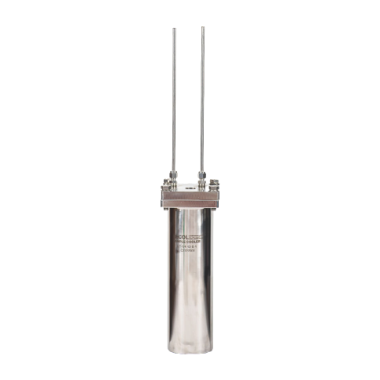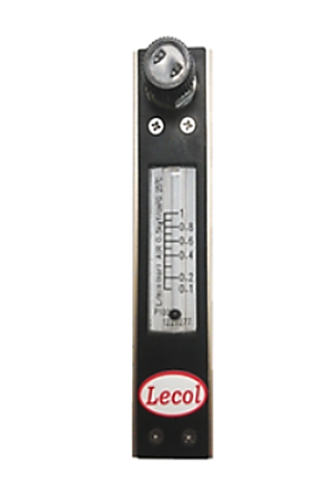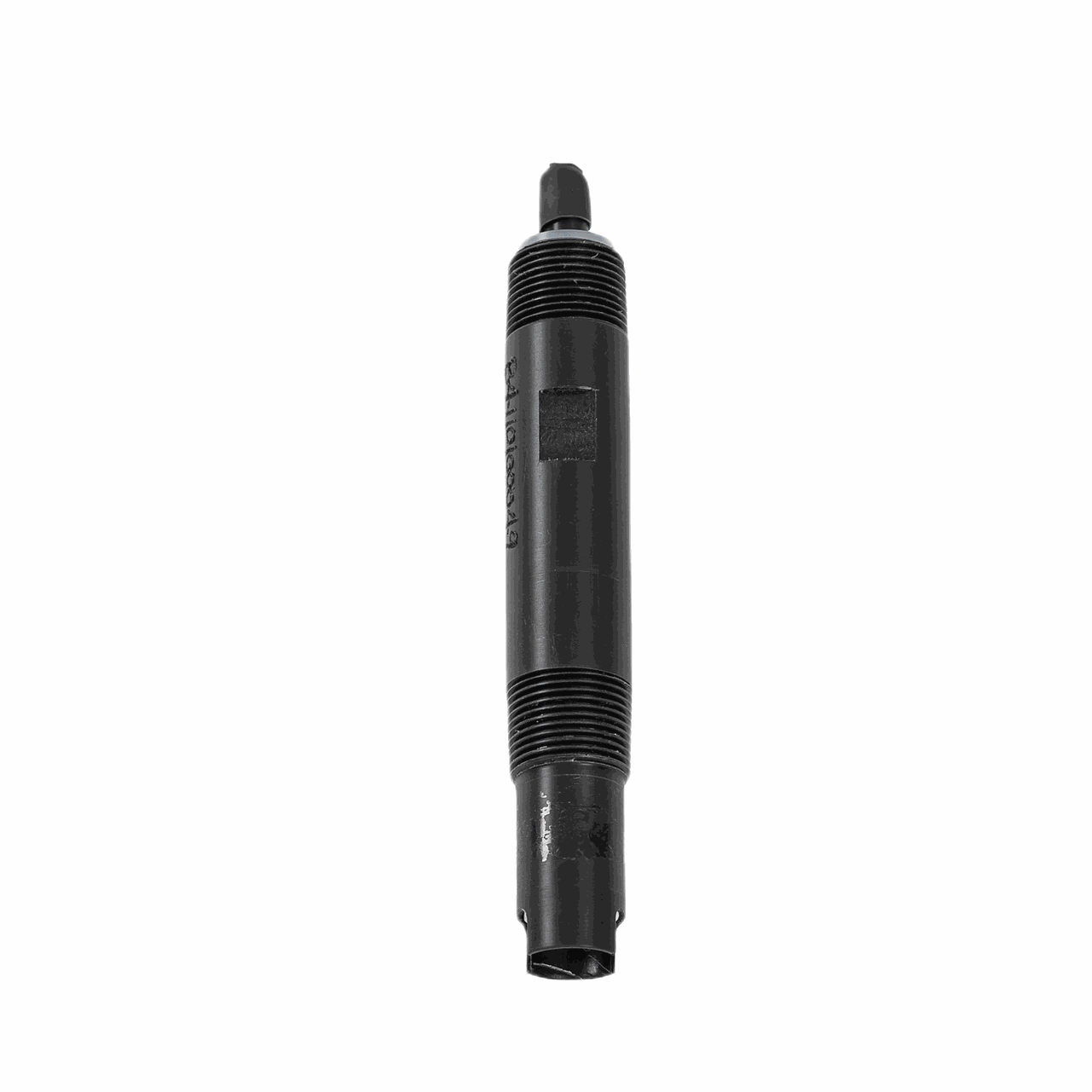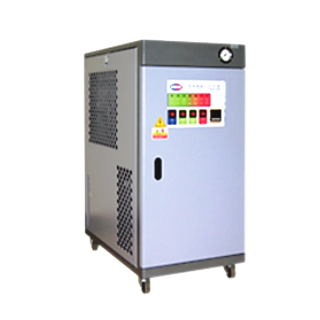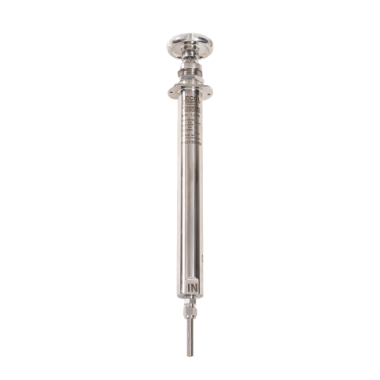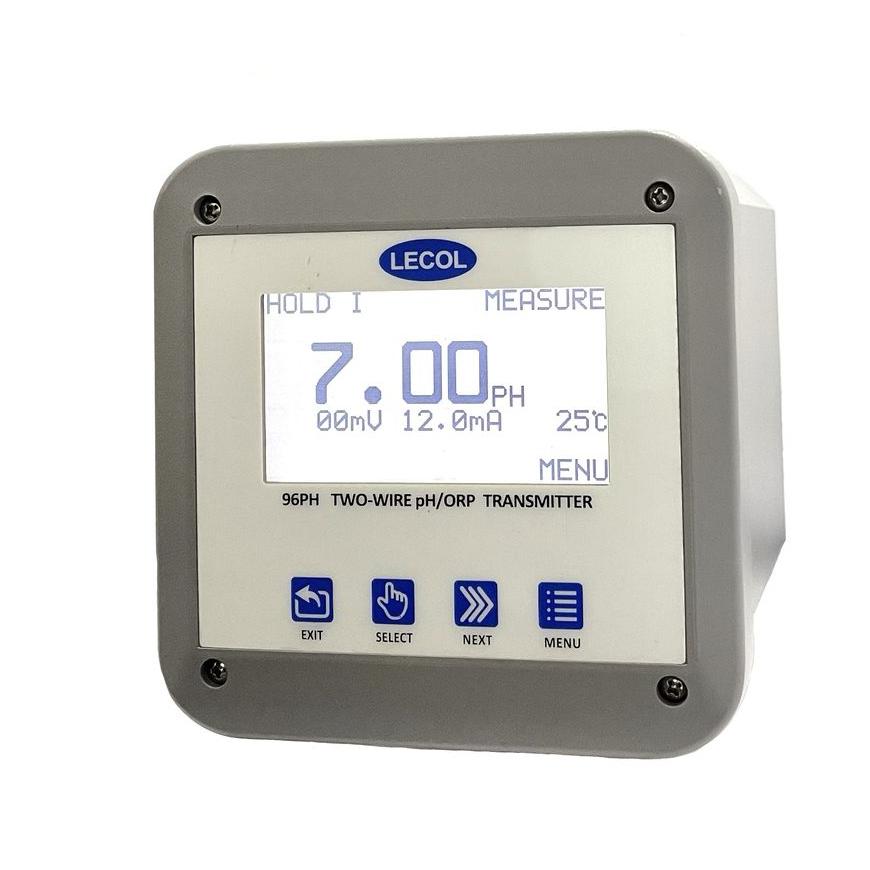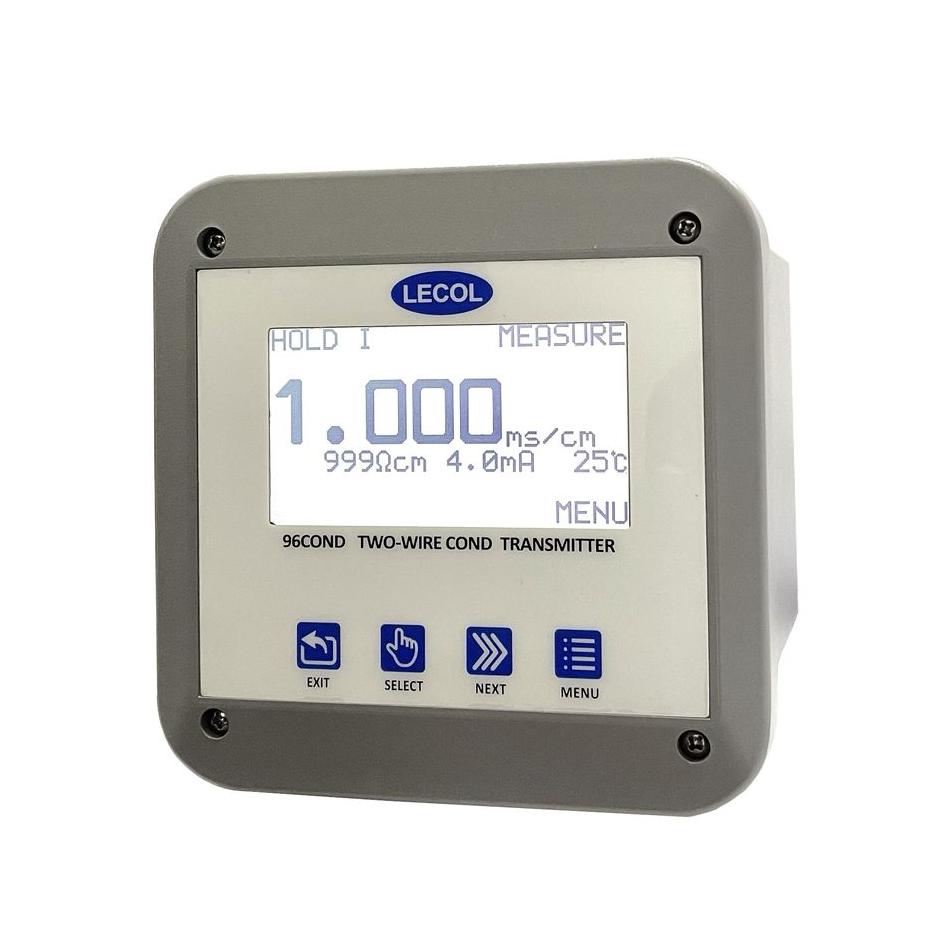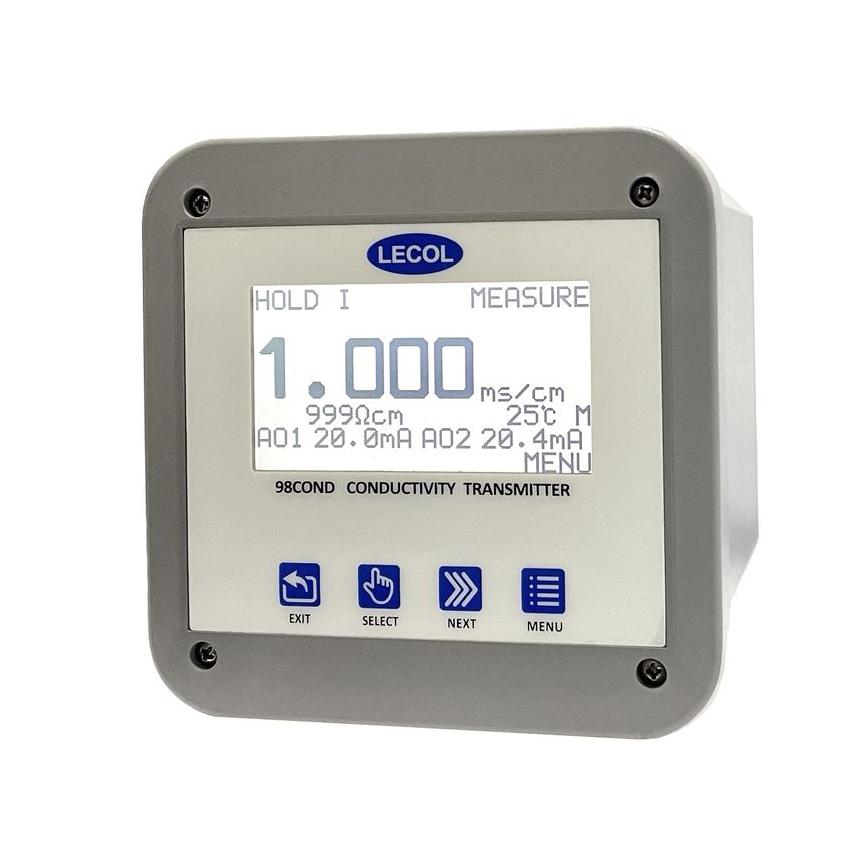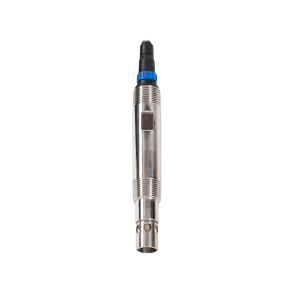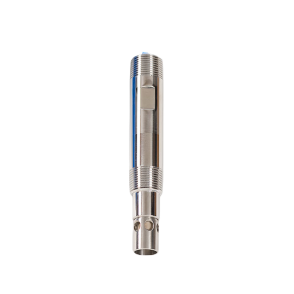Power Industry
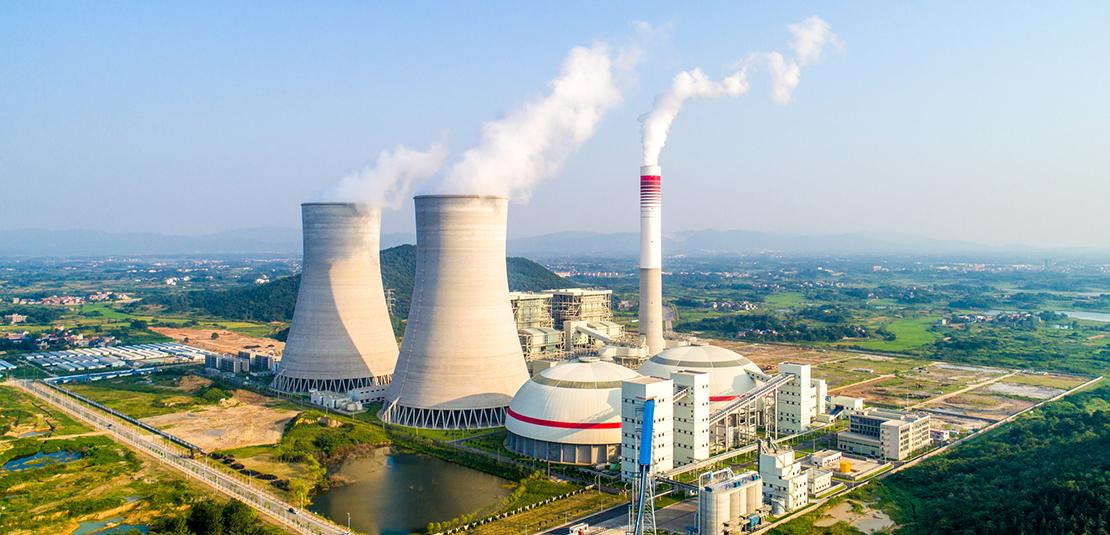
Steam & water analysis system ,SWAS
Power plants use high-pressure steam to propel turbines. The turbines utilize a series of blades that are rotated as the steam passes through them. The turbine is attached to a generator which produces electricity based on the mechanical energy of the of turbine.
Water quality used to generate steam is extremely important to plant operations. If impurities within the steam carryover to the turbine they can deposit on the blades. Solid build-up within the turbine creates imbalances that reduce electrical generating efficiency and eventually lead to maintenance and costly down-time.
Steam & Water Analysis Systems (SWAS) are important tools to monitor the boiler water quality. Samples of both steam and water are taken from critical measurement points throughout the entire steam / water cycle to use as reference for chemical dosing.
Chemical dosing provides additives to the boiler water to prevent corrosion of high-pressure boiler piping and fouling due to steam carryover. pH and conductivity measurements are the most common SWAS measurements. Due to the high-pressures and temperatures of boiler water and steam, the SWAS systems also include sample cooling and pressure reduction upstream of each measurement. The continuous measurements provided by the system are then used to control chemical dosing feed rates.
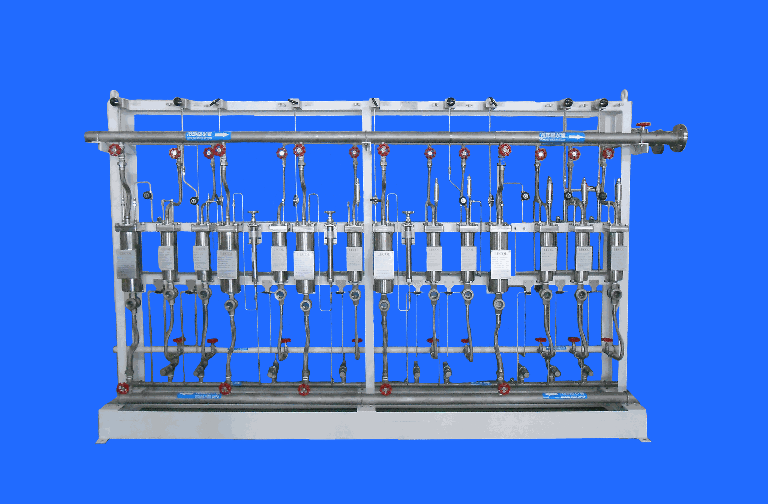
Product Recommendation
- Steam and water sampling system, we provide completely design to meet the application requirements.
-
Sampling components:
Sample Cooler
Pressure Reducer
Back Pressure Relief Valve
Cation Exchange Resin Column
TS Thermal Shutoff Valve
C Series Industrial Chiller
Flow Meter - pH or Conductivity transmitter model: 96 series
- Sensor model: B64(pH) / LE92 (Conductivity)
Product Recommendation
Demineralizer conductivity measurement
The demineralizer deionization process removes additional harmful dissolved solids from the boiler feed water.
Demineralizers use charged resins (ion exchange unit) to filter the impurities. The ion exchange unit consists of a cation bed, anion bed and mixed bed in series. In the anion bed, negative charged ions such as Cl-, are exchanged with hydroxyl ions. Similarly, in the cation bed, positive charged ions such as Mg+ and Ca+ are exchanged with hydrogen ions. A final mixed bed will capture any additional ions that may have passed through the prior beds. The ion exchange process will run continuously to produce a pure, mineral-free water for the power plant.
Conductivity is the most important parameter used to monitor the health of the demineralizer. Increasing conductivity at the outlet of each resin bed indicates resin exhaustion. When this occurs, plant operators will regenerate or replace the resin.
LECOL Conductivity sensor model LE91/LE92 is create for the low conductivity measurement. it is recommendation for ion exchange system.
Product Recommendation
- 2-wire conductivity analyzer
transmitter model: 96COND
sensor model: LE91 (Inline style, detachable cable)
LE92 (Inline style, insertion style ) - 4-wire conductivity analyzer
transmitter model: 98COND
sensor model: LE91 (Inline style, detachable cable)
LE92 (Inline style, insertion style )

